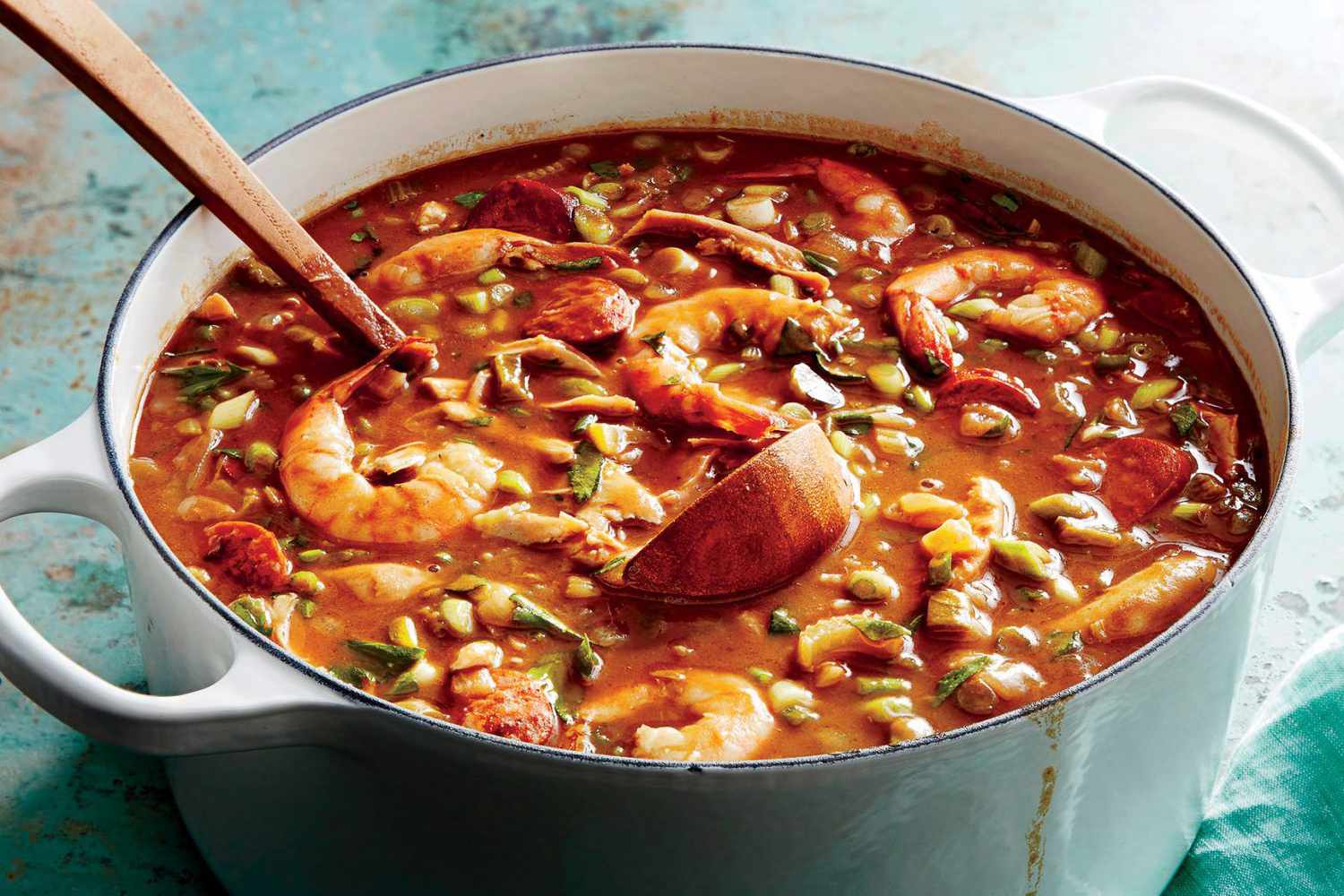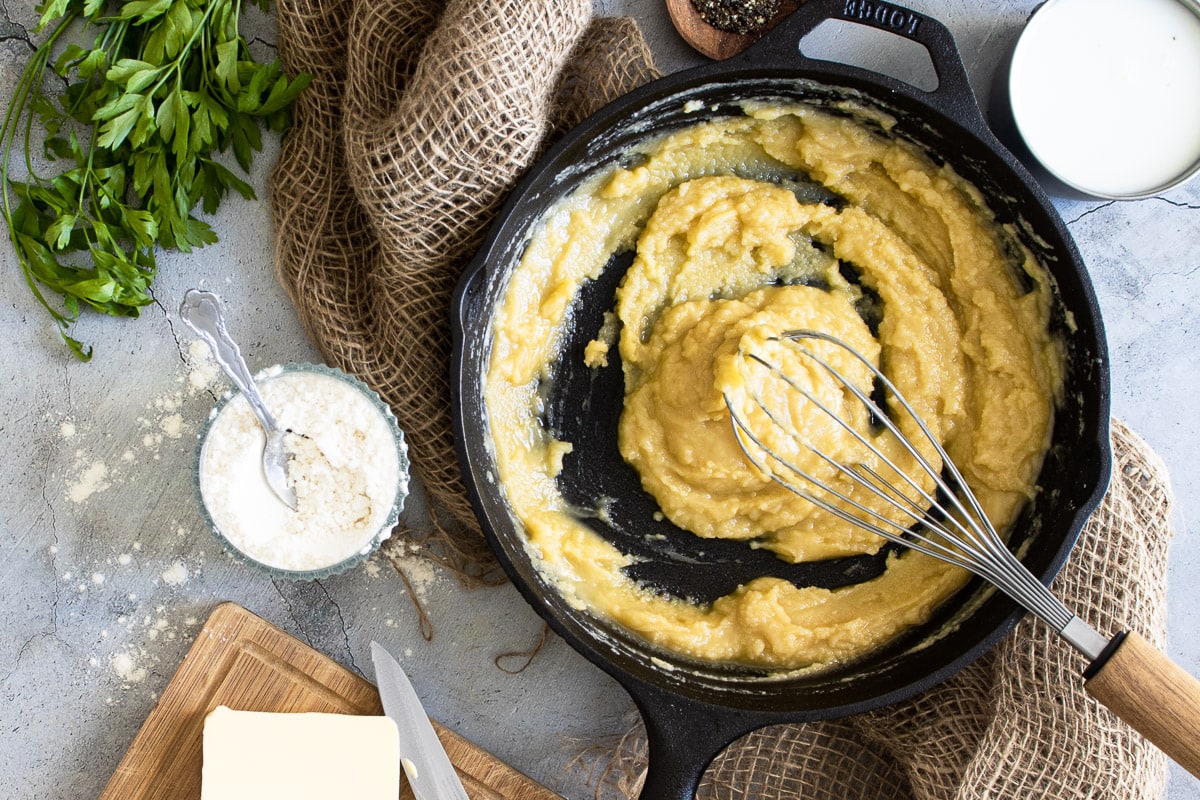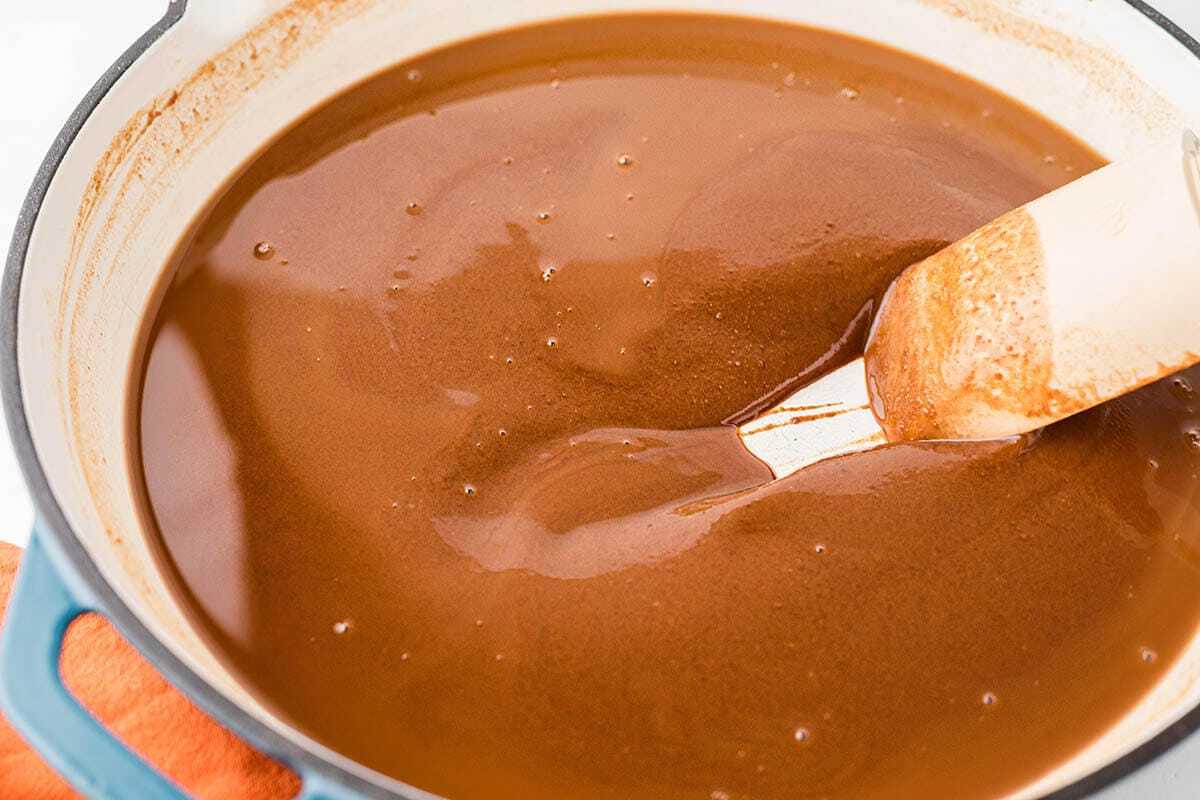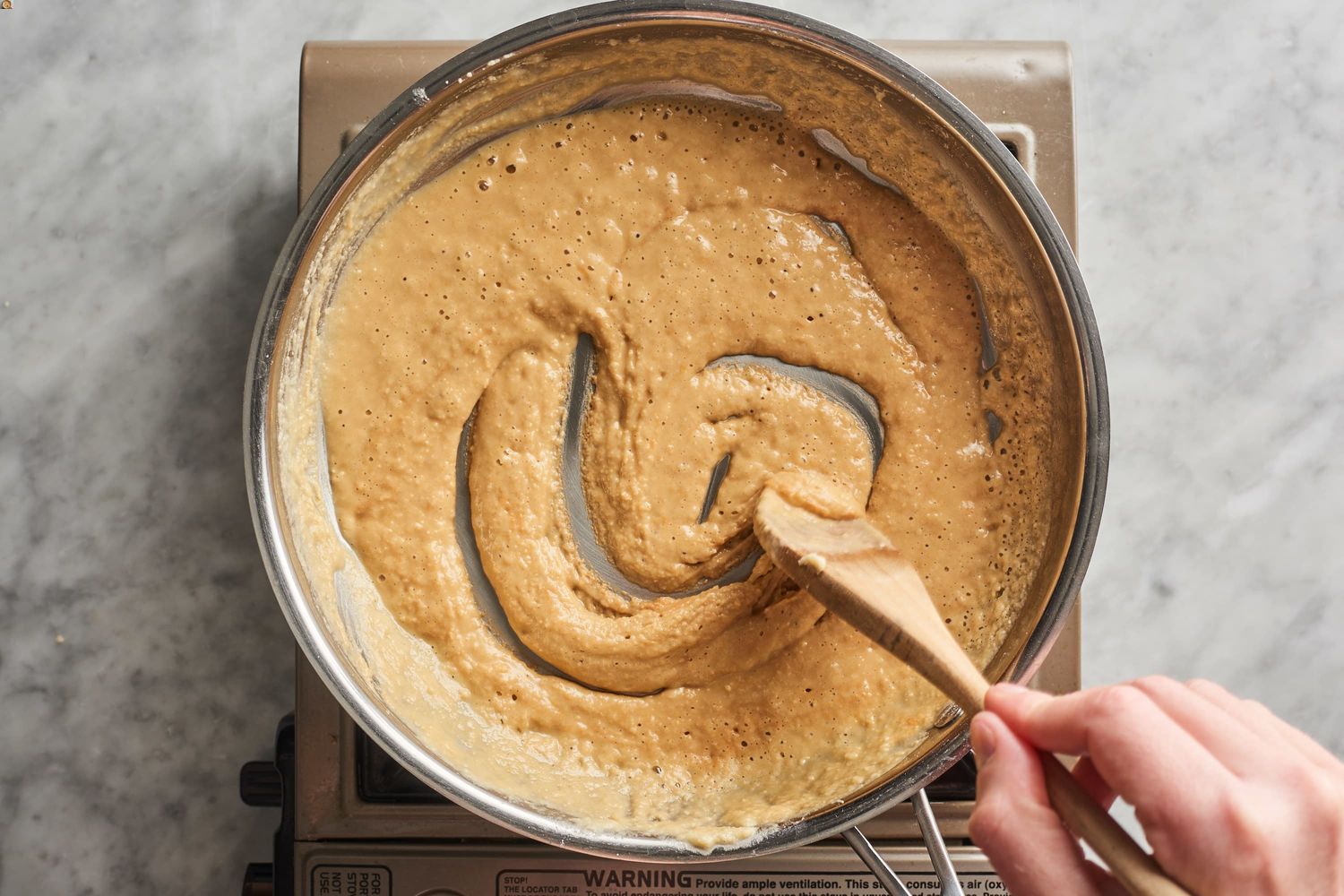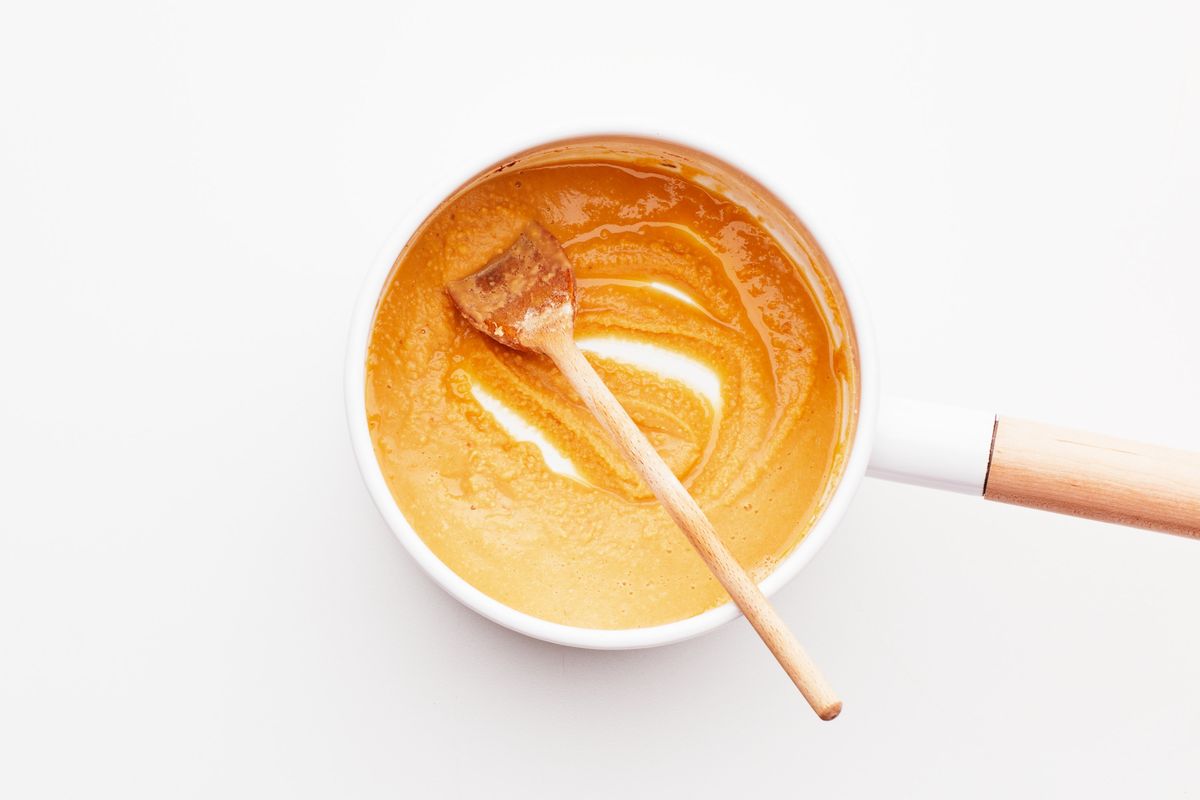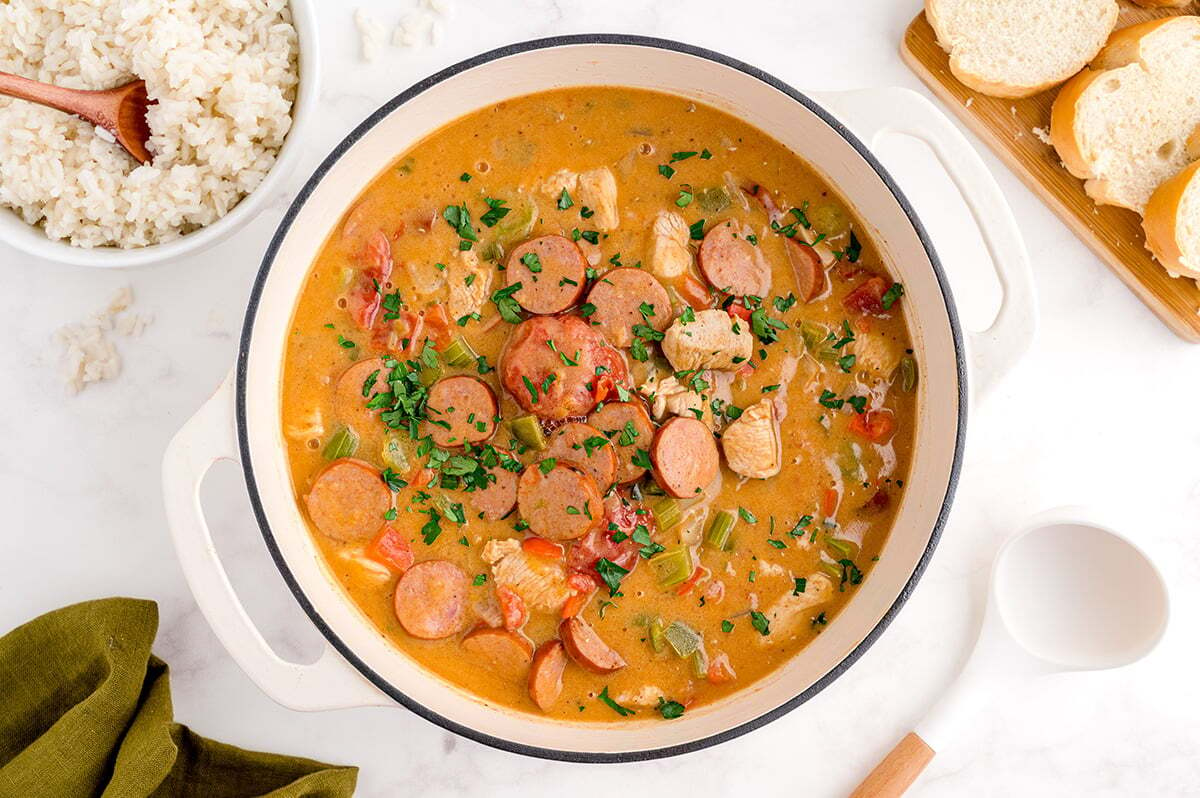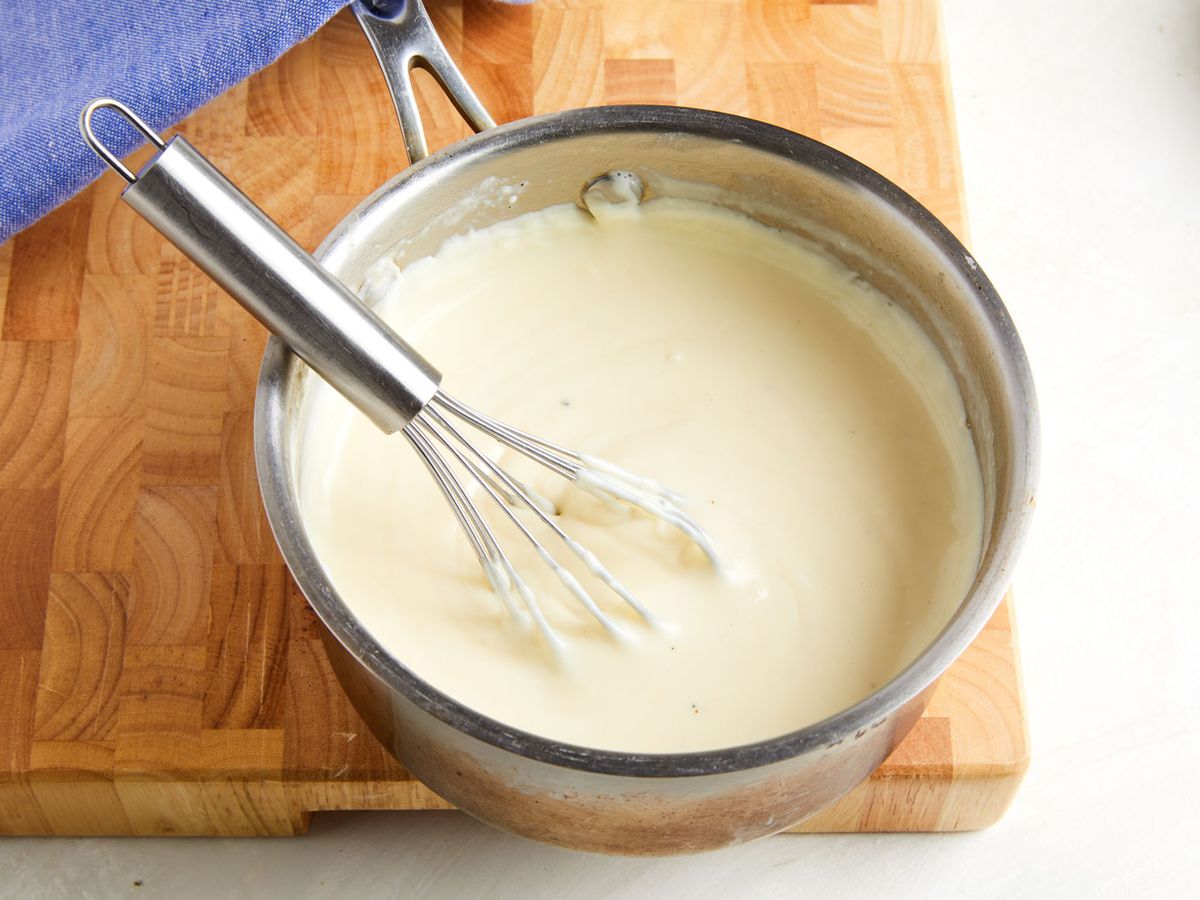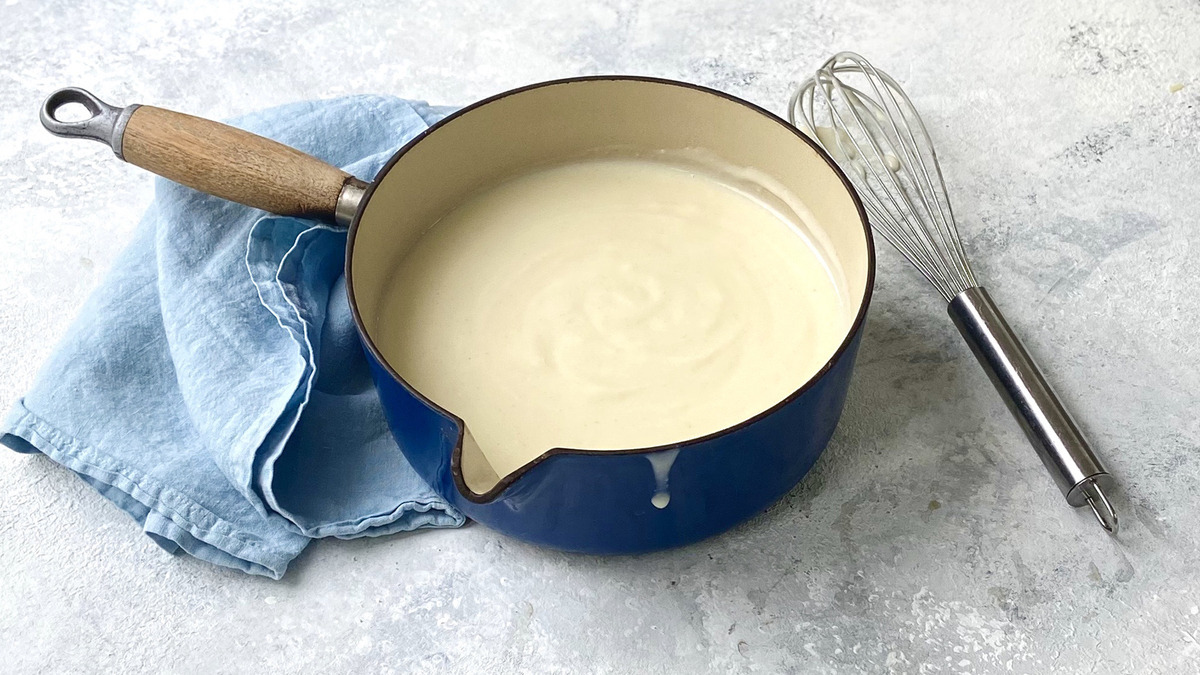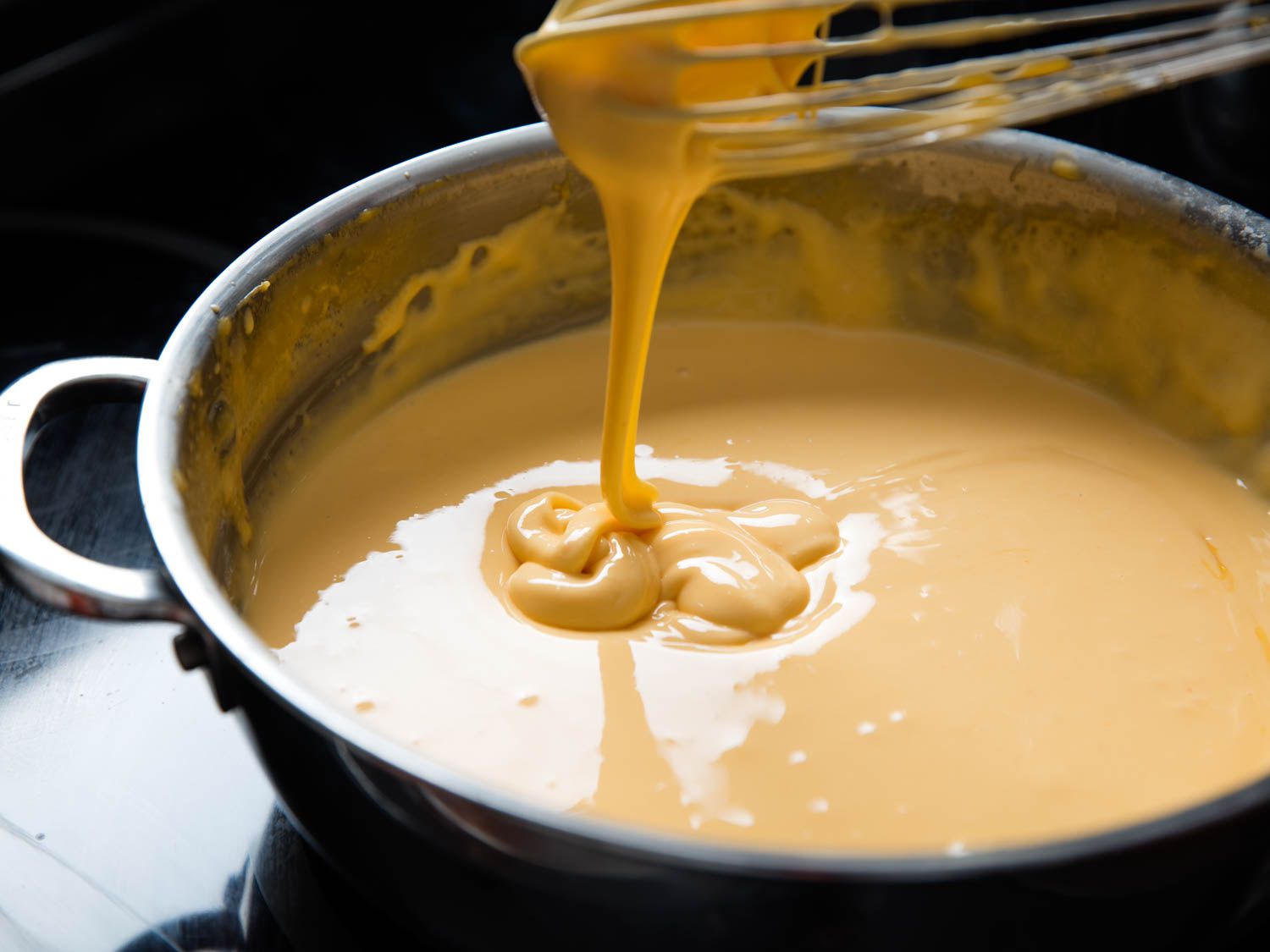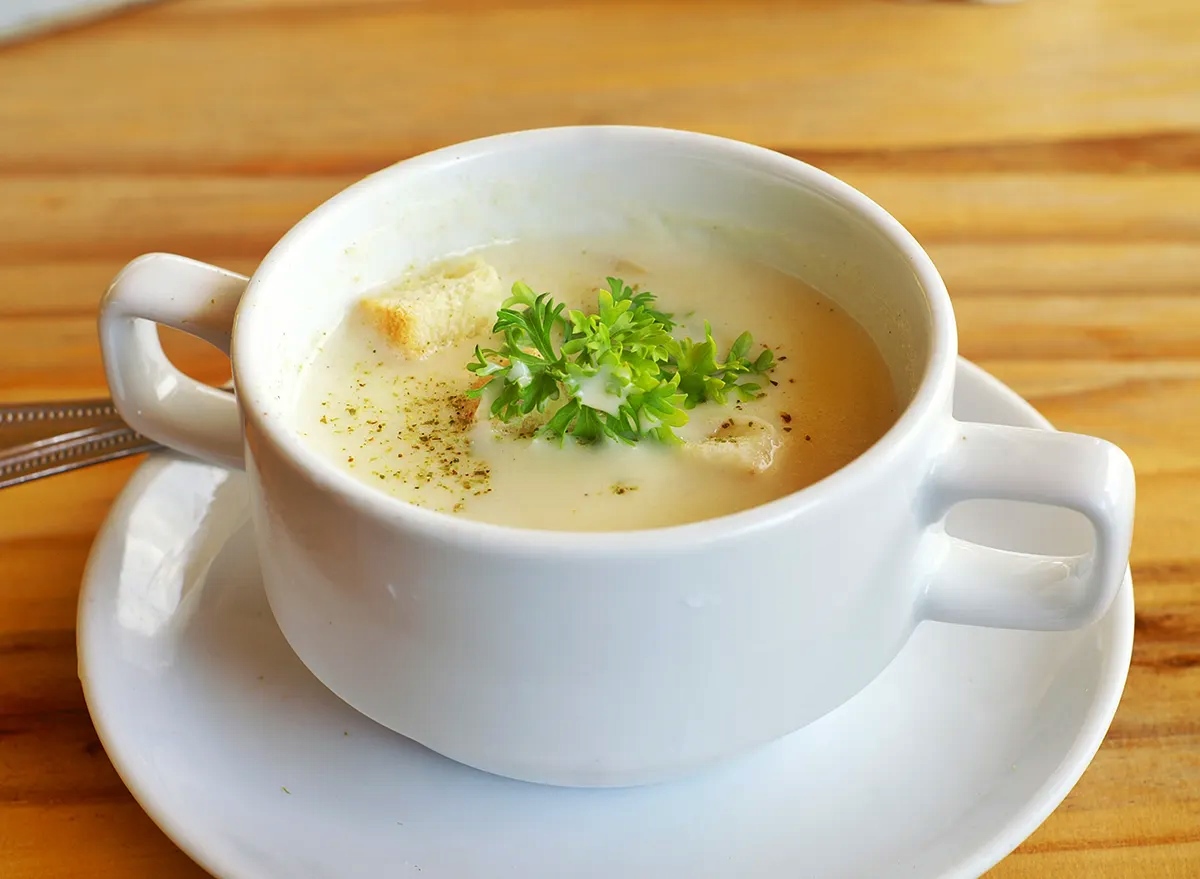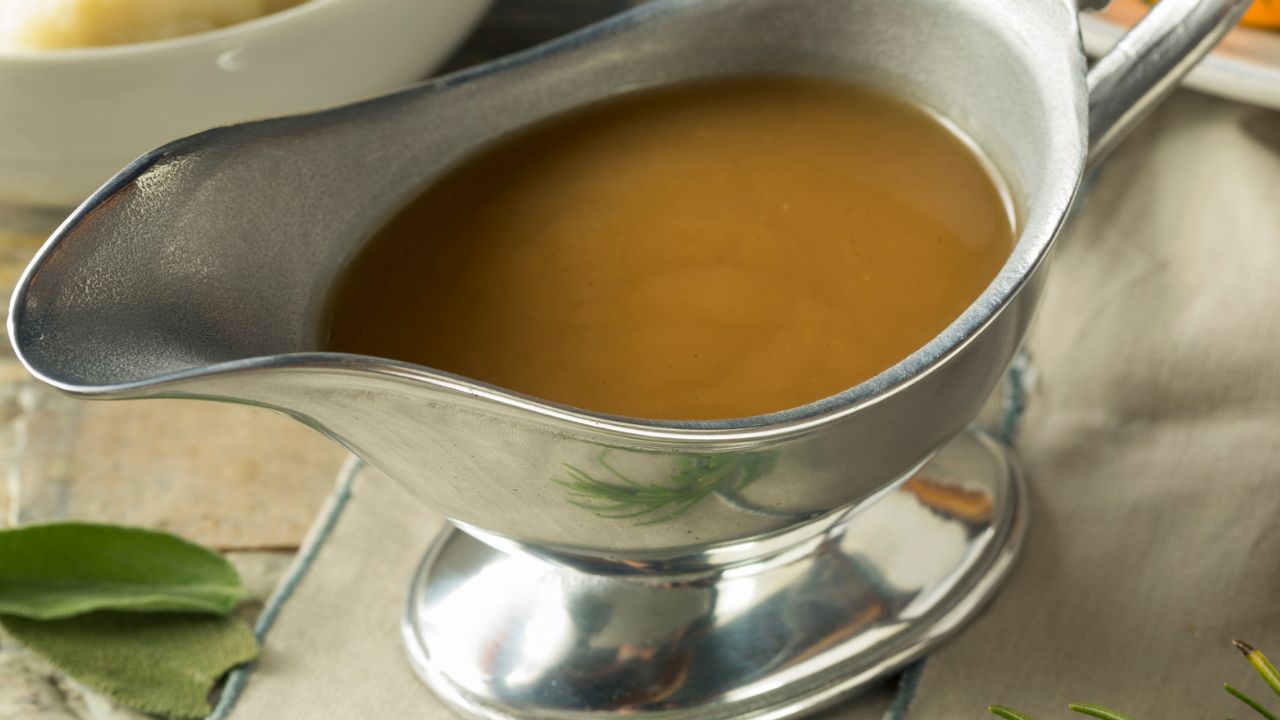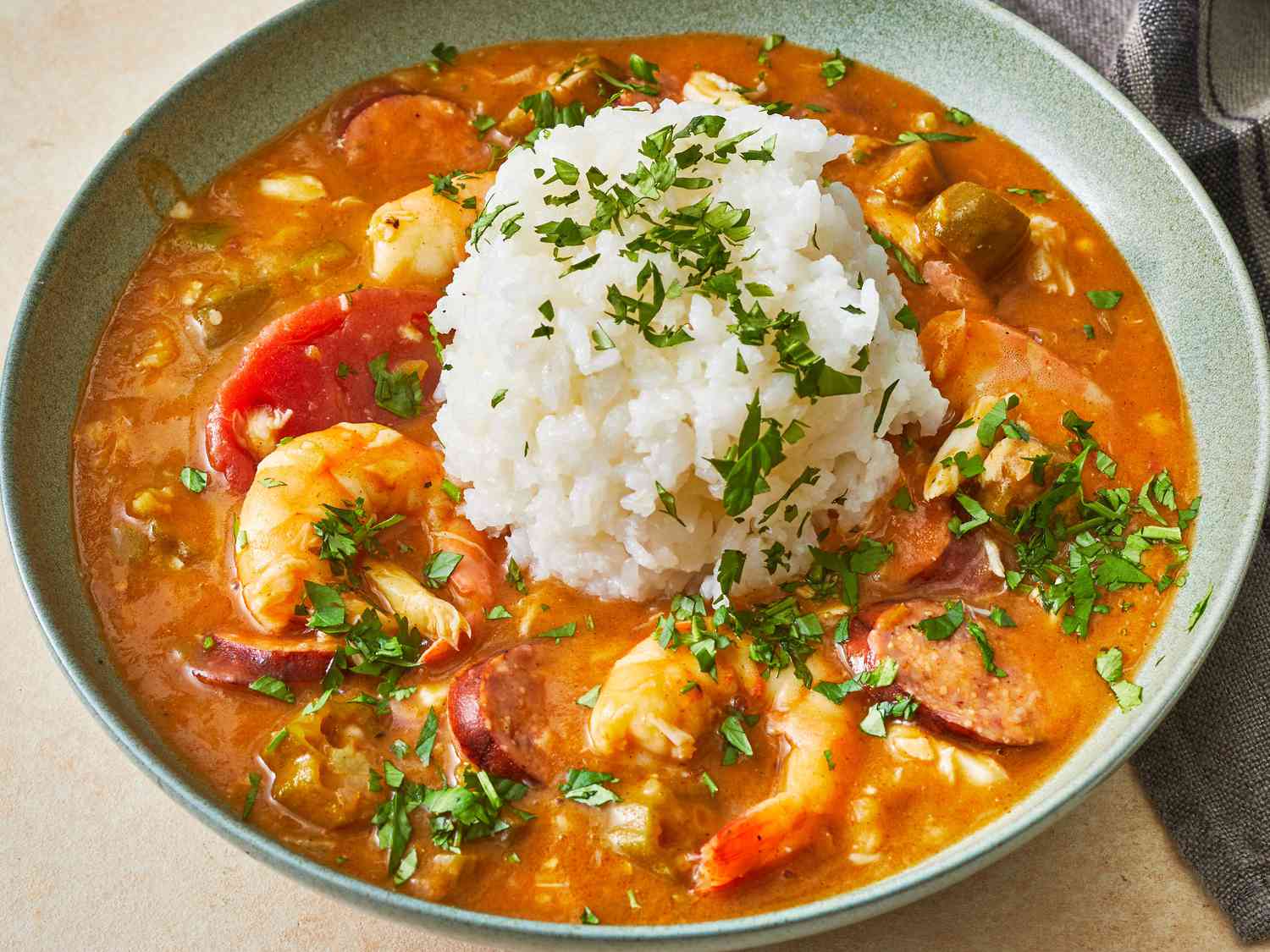How To Make A Roux
Are you ready to take your cooking to the next level? Learning how to make a roux is an essential skill that every aspiring chef should master. A roux is a thickening agent used in many classic dishes, such as creamy soups, rich sauces, and hearty stews. By following these simple steps, you’ll be able to create a velvety smooth roux that will elevate your culinary creations to new heights.
Before we dive into the recipe, let’s start with the basics. A roux consists of two simple ingredients: fat and flour. Traditionally, butter is the fat of choice, but you can also use other fats like oil or rendered bacon fat for a unique flavor profile.
Step 1: Melt the Fat
In a heavy-bottomed pan or skillet, melt 1/4 cup of butter over medium heat. Allow it to melt completely and start bubbling.
Step 2: Add the Flour
Sprinkle 1/4 cup of all-purpose flour into the melted butter, gradually whisking it in. Make sure the flour is fully incorporated into the fat, creating a smooth paste.
Step 3: Cook the Roux
Continue whisking the roux constantly for about 5 to 7 minutes, or until it reaches your desired color. The longer you cook the roux, the darker and nuttier the flavor will become. Be careful not to burn it, as it can easily happen towards the end.
Step 4: Cool and Use
Transfer the cooked roux to a cool bowl or dish and let it cool completely. Once cooled, it’s ready to be used in your favorite recipes. Remember that the roux will thicken as it cools, so adjust your recipe accordingly.
Now that you have mastered the art of making a roux, let’s explore some common uses for this versatile ingredient:
- Classic dishes like gumbo, étouffée, and jambalaya typically start with a roux as the base for their rich flavors.
- Use a light-colored roux in white sauces, such as béchamel or Alfredo, to add creaminess and thickness.
- For a darker roux, perfect for gravies and pot roasts, cook it for a longer period of time until it turns a deep brown color.
- Roux can also be used as a binder for casseroles or as a thickener for macaroni and cheese.
Experiment with different fat-flour ratios and cooking times to create your signature roux. Remember, practice makes perfect, so don’t be discouraged if your first attempt isn’t flawless. With a little patience and experimentation, you’ll soon master the art of making a roux like a pro.
So, go ahead and impress your friends and family with your newfound roux-making skills. Your dishes will have that extra depth of flavor and velvety texture that will leave everyone craving for more. Happy cooking!
